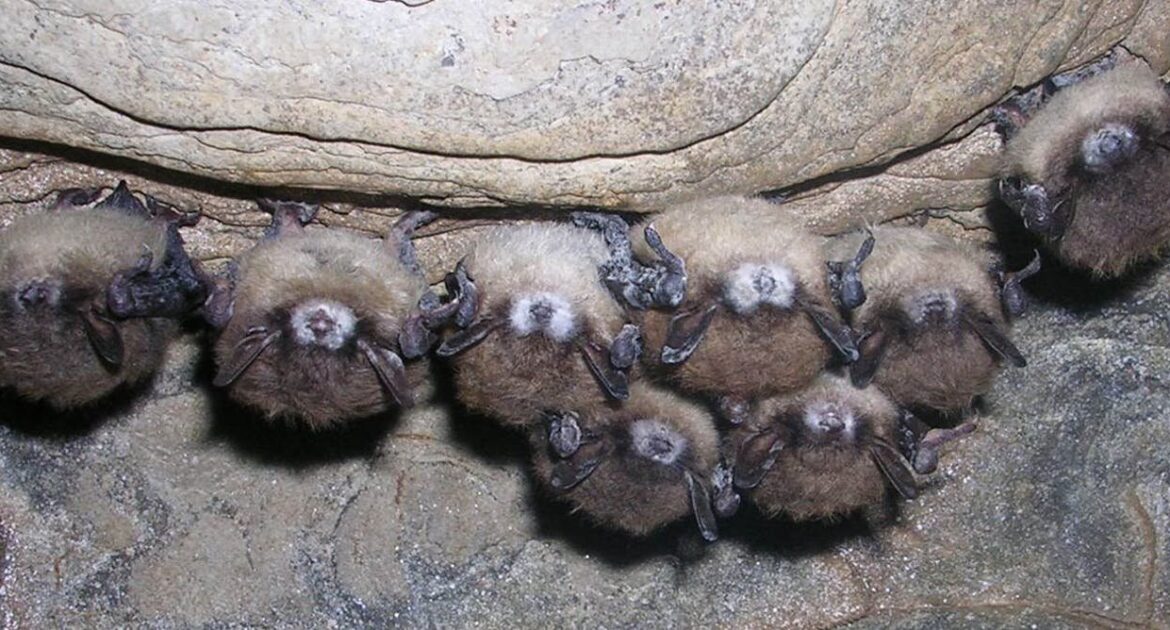Many people are concerned with how to keep bats away because of the risk that bats could spread diseases to humans. While these concerns are valid, many bat species are battling a deadly disease of their own. It is called white-nose syndrome, and it is killing off North American bats in alarming numbers.
What Is White-Nose Syndrome?
White-nose syndrome is a fungal infection that attacks the skin of a bat. In particular, it affects the skin of the wings and the face. During the latter stages of the illness, infected bats often demonstrate fungal growth around the nose that appears fluffy and white, hence the name of the disease.
There is no cure for white-nose syndrome. Certain naturally occurring bacterial species may limit fungal growth, but more testing is needed to see if this can be developed into a safe and effective treatment.
Is It Deadly?
The fungus that causes white-nose syndrome poses no threat to humans. However, North American bats are extremely susceptible to it. It is believed to have wiped out entire bat colonies. If a hibernaculum, i.e., a place where bats gather together to hibernate, is affected by the fungus, the mortality rate is typically 70% to 90%. Since female bats only give birth to one baby per year, it will take a long time to replenish populations affected by white-nose syndrome. Meanwhile, the disease is difficult to contain and likely to claim more bat victims.
When a bat is hibernating, its metabolism slows down so that its body only uses about 10% of the energy it would normally expend. During this time, it lives off its stores of fat. Infection with white-nose syndrome prompts an immune response that increases the bat’s metabolism and causes it to speed back up to normal. As a result, the bat wakes up, and its fat reserves are not sufficient to sustain it through the winter while it is awake. The bats die of starvation, dehydration, or electrolyte imbalance. If they do survive the winter, a hyperactive immune response to the fungus may start attacking the bats’ healthy tissues, meaning that they succumb to secondary complications soon after.
How Does the Fungus Spread?
The fungus that causes white-nose syndrome appears to have originated in Europe and Asia. While some bat species migrate between North and South America, there are none that migrate from North America to Europe or Asia or vice versa. Therefore, the disease seems to have been introduced to North America by humans, most likely visitors to caves where bats hibernate.
Once the environment has been contaminated, the fungus can spread from the environment to the bats or from one bat to another. Hibernating bats maintain close physical contact with one another to preserve body heat during the winter.
How Has White-Nose Syndrome Affected Bat Populations?
White-nose syndrome was first identified in North America in 2006. Since that time, it has killed an estimated 6.7 million bats across the continent. The fungus is known to infect the following bat species:
- Gray bat
- Eastern small-footed bat
- Big brown bat
- Indiana bat
- Tricoloured bat
- Northern long-eared bat
- Little brown bat
Several of these species are now formally considered endangered or threatened because of white-nose syndrome.
Why Are Professional Wildlife Control Services in Whitby Necessary To Remove Bats?
Bats are important to the ecosystem and to agriculture because they pollinate plants and eat harmful insects. Because of the threat that white-nose syndrome poses, laws are now in place to protect bats. These laws make it illegal to harm bats or to disturb them when they are hibernating or raising offspring. Skedaddle technicians know how to get rid of bats in your house while complying with applicable laws and not harming the bats unnecessarily. Learn more about the services we offer in your area.




